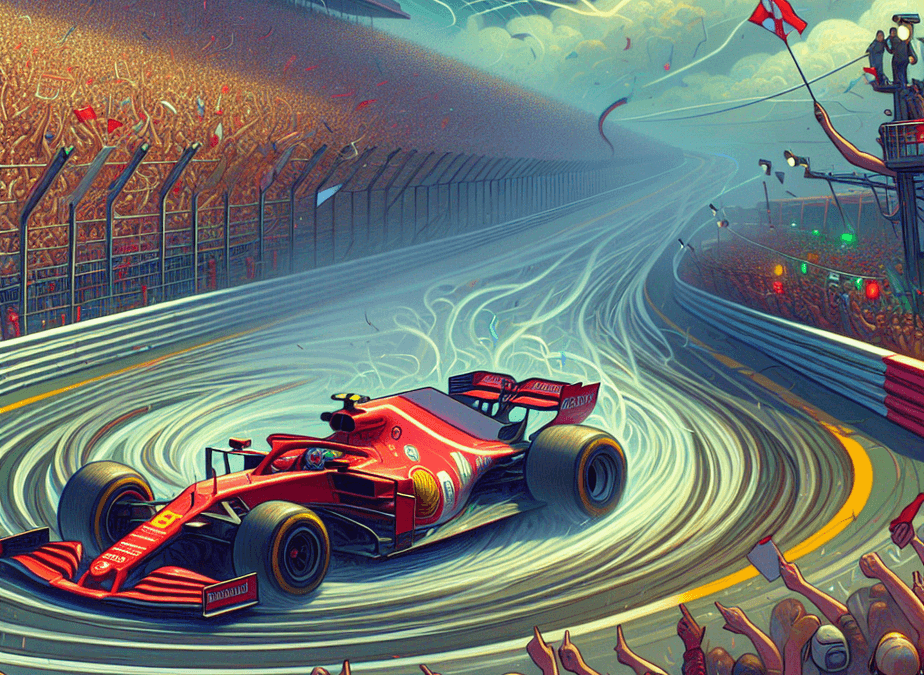The recent Dutch Grand Prix at Zandvoort provided more than just thrilling racing action; it subtly highlighted a deeper issue within Ferrari’s campaign this season. Lewis Hamilton’s unexpected spin during the race drew attention not only to the maneuver itself but also to the underlying performance discrepancies between Ferrari and their rivals, particularly McLaren. While McLaren seems to be pulling ahead, Ferrari’s attempts to close the gap after the summer break have not manifested as hoped, exposing vulnerabilities that extend beyond just driver skill or strategy.
Hamilton’s hands during the spin—calm, controlled, and reactive—serve as a stark contrast to Ferrari’s apparent struggle in handling similar high-pressure moments. The Mercedes driver’s ability to manage the car under tricky conditions reflects engineering reliability and driver confidence, areas where Ferrari’s SF-23 seems to lag behind. This difference signals that Ferrari’s issues might stem from a combination of car dynamics and consistency, rather than merely raw pace or driver error.
From a technical standpoint, Ferrari’s aerodynamic package and tire management have been areas of concern. At Zandvoort, despite favorable track characteristics that theoretically suit the SF-23’s strengths, Ferrari could not capitalize on the opportunity to make significant gains against McLaren. This suggests that challenges such as thermal degradation and balance under braking persist, hampering the car’s ability to perform optimally through complex corners and under varying fuel loads.
Moreover, the psychological impact of these struggles cannot be overlooked. Racers thrive on momentum and confidence, and recurring underperformance in key phases of a race can erode team morale and drive. Hamilton’s composed reaction during his spin is emblematic of a team environment where driver and machine sync effectively, a synergy Ferrari appears to be striving to rebuild amidst ongoing adjustments and upgrades.
In conclusion, the Dutch Grand Prix served as a microcosm of Ferrari’s broader season challenges. While McLaren’s ascendancy underscores the competitive nature of the midfield battle, Ferrari’s inability to leverage moments like Zandvoort reflects deeper technical and psychological hurdles. Moving forward, Ferrari must intensify their focus on reliability, race-day adaptability, and driver confidence if they hope to reassert themselves as serious contenders as the season progresses.

